Ever wondered if you could explore history and protect it at the same time? That’s where historic Eco-friendly travel destinations steps in. In a world facing climate change and over-tourism, traveling sustainably to heritage sites isn’t just a trend—it’s a responsibility.
Table of Contents
Why history and sustainability belong together
Historic places are delicate. Think centuries-old temples, cobbled streets, and ancient ruins. By traveling sustainably, we help these places survive for future generations.
The rise of green tourism in heritage sites
More historic towns and ancient sites are adopting eco-friendly practices—whether that’s investing in renewable energy, limiting visitor numbers, or promoting local, low-impact experiences.
Europe’s Timeless Eco-Friendly Gems
Bruges, Belgium – Medieval charm and modern sustainability
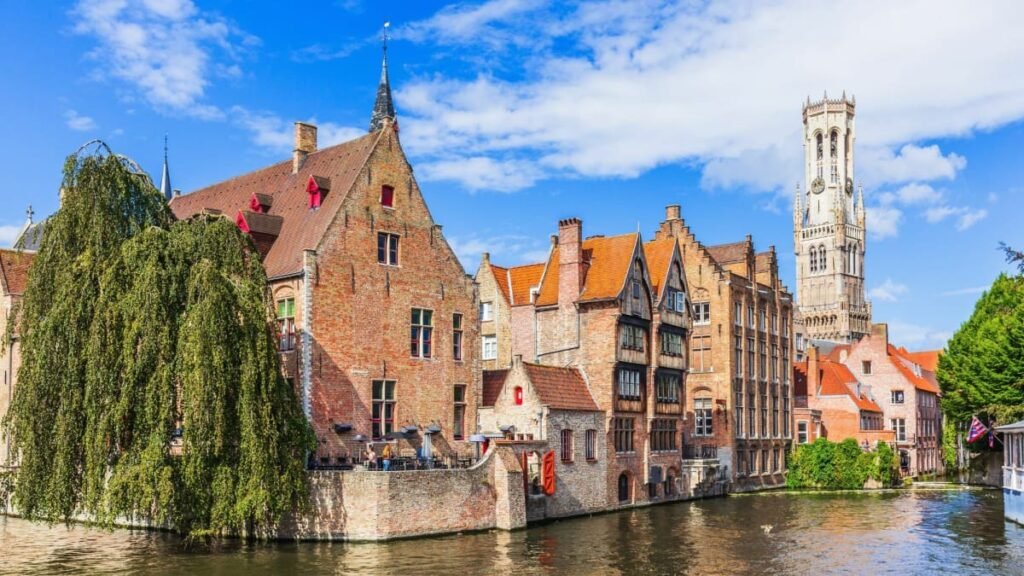
With its canals, cobblestone streets, and Gothic buildings, Bruges is like walking into a painting. Why is it environmentally friendly? The city supports local artists over mass tourists, encourages cycling over driving, and recycles water in its canals.
Sintra, Portugal – Fairytale palaces with green policies

Sintra’s palaces and misty forests have drawn visitors for centuries. Today, Sintra’s local council enforces strict regulations on new developments, promotes electric buses, and funds forest conservation projects.
Bath, England – Roman history meets eco-innovation

Bath blends its famous Roman Baths and Georgian architecture with modern green measures: park-and-ride systems, electric buses, and heritage buildings renovated with sustainable technologies.
Asia’s Ancient Wonders with an Eco Twist
Kyoto, Japan – Temples, tea houses, and eco-consciousness

Kyoto encourages travelers to explore on foot or by bike, reducing carbon emissions. Many traditional machiya townhouses have been converted into eco-lodges, using local materials and energy-efficient upgrades.
Luang Prabang, Laos – Preserving Buddhist heritage sustainably

This UNESCO-listed town limits new hotels to protect its skyline, promotes community-based tourism, and supports programs to preserve ancient temples.
Hoi An, Vietnam – Old town lights and low-carbon tourism

Hoi An is well-known for its antique buildings and lantern-lit evenings. The town promotes bicycling, prohibits vehicles in the old centre during rush hour, and implements neighborhood-based garbage management programs.
Americas: Historic Places Leading Green Efforts
Cusco, Peru – Gateway to Machu Picchu, greener than ever
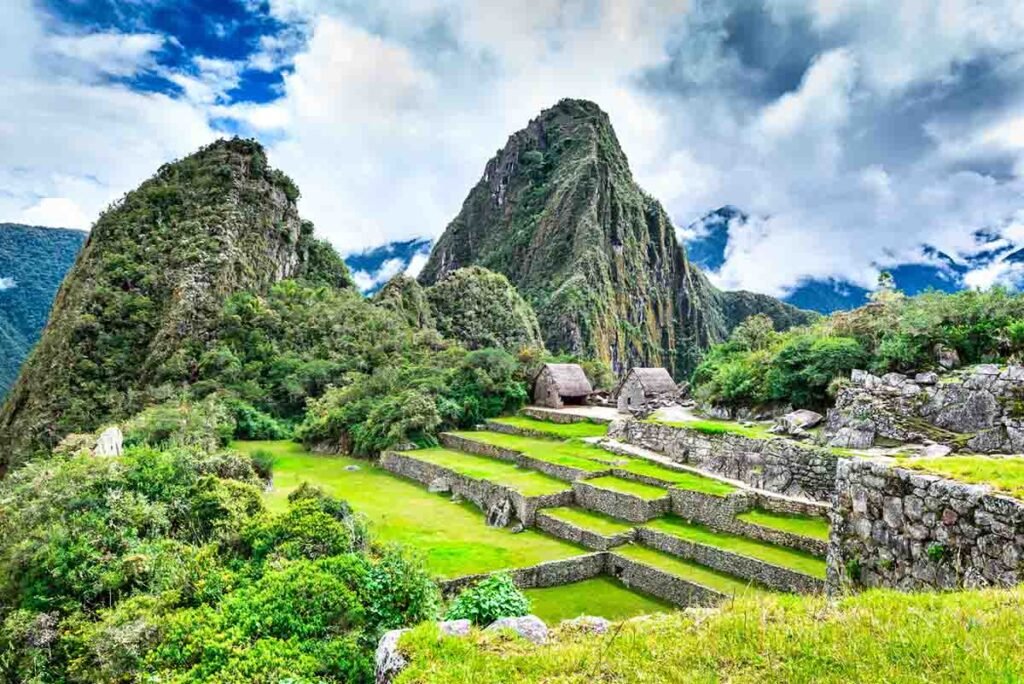
To control congestion, Cusco’s officials have limited the number of visitors to Machu Picchu and instituted timed admission passes. Community tours and locally owned eco-hotels guarantee that tourism is advantageous to all.
Quebec City, Canada – French history and urban sustainability
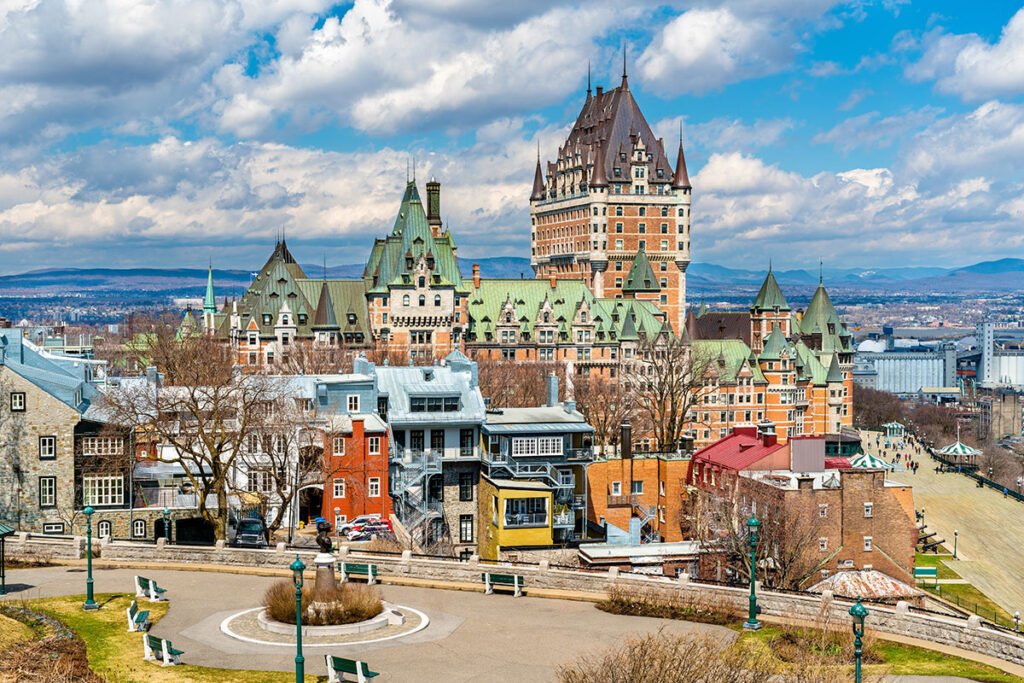
Quebec City’s charming old town now hosts green roofs, pedestrian zones, and electric buses. Local festivals highlight sustainable gastronomy and cultural heritage.
Charleston, USA – Southern charm meets eco-restoration
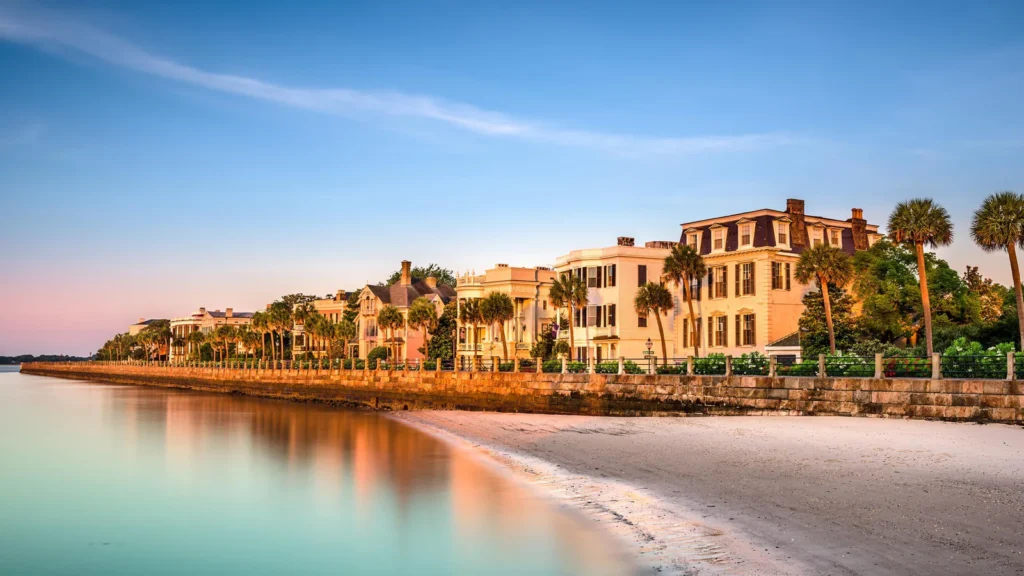
Charleston preserves its pastel antebellum buildings while investing in flood defenses, sustainable seafood, and historic district conservation.
Africa and the Middle East: Ancient Sites, Modern Care
Petra, Jordan – Nabatean marvels under conservation plans

To reduce erosion, Petra limits horse-drawn carriages, promotes electric vehicles, and runs awareness programs for both locals and tourists.
Stone Town, Zanzibar – Swahili heritage preserved sustainably

Stone Town’s coral rag houses are being restored with traditional materials, and local NGOs run eco-tours to support the community.
Oceania’s Green Heritage Retreats
Hobart, Tasmania – Colonial history and eco-renewal

Green-certified hotels, eateries featuring regional produce, and museums with renewable energy sources are now housed in Hobart’s waterfront warehouses.
Russell, New Zealand – Oldest European settlement embracing green living
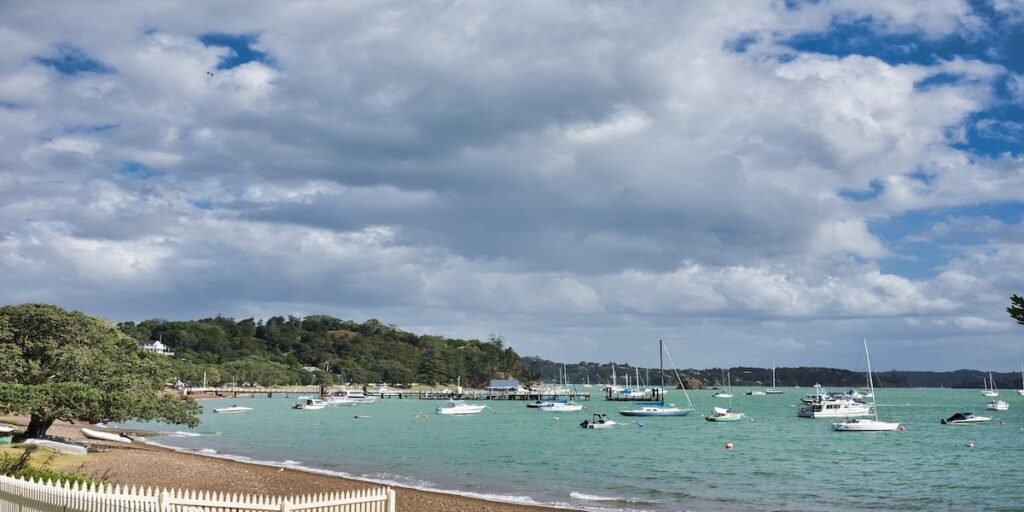
Russell maintains its colonial-era cottages, uses solar power widely, and promotes walking tours led by local historians.
Why Eco-Friendly Travel Matters for Historical Sites
Reducing carbon footprints while exploring the past
By choosing slower, greener ways to travel, we protect fragile historical environments from pollution and damage.
Supporting local economies and conservation projects
Eco-tourism often funds heritage restoration, local crafts, and community projects that keep traditions alive.
Tips for Responsible Travel in Historic Destinations
Choosing eco-certified tours and stays
Look for hotels and tours with recognized Eco-friendly travel destinations -certifications that respect local culture and the environment.
Respecting heritage while traveling sustainably
Follow local guidelines, stay on marked paths, and support businesses that protect historical sites.
Also visit:
Secret Treasures: Discovering Hidden Gems in Italy
Hidden Gems in Italy: Exploring Beyond the Tourist Trail
Hidden Gems in Italy That Will Take Your Breath Away
The Best Beaches in Florida for Nightlife and Entertainment
The Best Beaches in Florida for Beach Volleyball
Conclusion
Exploring historic Eco-friendly travel destinations isn’t just about ticking places off your bucket list. It’s about stepping into living history while ensuring these wonders survive for generations to come. Next time you plan a trip, choose places where the past and future walk hand in hand—and where your visit makes a difference.




